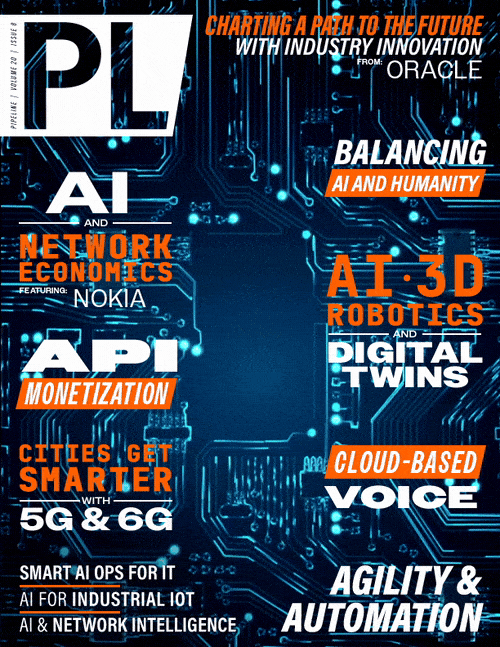5G and 6G: Smart Connectivity in the
City of the Future
Digital Twins: the 6G Application
of the Future
The successor to the existing mobile communications standard, which builds on the advantages of 5G, is already at the starting blocks. 6G is expected to be available by the end of this decade, offering greater performance, a range of new functions, and is projected to power future smart cities thanks to its increased speeds and enhanced robustness. According to a study by Capgemini, 6G will eclipse 5G. The standard will enable data transfers of up to 1 terabit per second (Tbit/s), latency times of 10 to 100 microseconds, a supply density of ten million devices per square kilometer, and a five fold more efficient use of the radio spectrum. Thanks to all this, 6G is considered an enabler for digital twins.
Digital twins are considered to be one of the most important 6G applications of the future. Smart city planners can use digital twins to create digital duplicates where the real and virtual worlds merge with each other in simulations. Not only to map and smartly control all traffic flows, but also all procedures, processes, and workflows in an entire city — from the individual intelligent pedestrian light and connected garbage can to decentralized power production from distributed wind turbines, solar parks, and cogeneration plants. When connected, data can be processed in the digital twin, linked across systems and used to create new digital services. In addition, 6G integrates different systems and platforms, from antennas on the ground to satellites in space, to provide seamless mobile coverage. 5G Advanced is scheduled to launch this year, ahead of 6G availability. 5G Advanced forms the foundation for the future 6G technology stack and extends existing 5G functions (for example, to integrate AI applications).
Data Center Meets Mobile Communications: Mobile and Interconnected
To connect cars, people, and devices in the smart city a suitable mobile coverage is necessary. This is the only way to collect information across the board and also process it in a smart way. Corresponding terrestrial network technology and other digital infrastructure are also needed. This is the only way to exchange large amounts of data in real time and across domains. For this level of networking, as well as for processing and analyzing data for forecasts, adjustments, and optimizations, an increasing number of interconnected data centers are needed in addition to mobile connectivity.
Many cities are already collecting and analyzing their data centrally on open cloud platforms. To be able to transfer large amounts of rapidly changing information in real time, high-performance interconnection is required. This will call for the development of a suitable infrastructure in the coming years. The goal: to be able to transfer big data with low latency and high bandwidth. An architecture that is designed to process decentralized data in such a way that it is comprehensively networked makes interconnection platforms the centerpiece of any smart city connectivity strategy. These not only ensure more stable Internet connectivity through direct interconnection and peering services, but also cloud connectivity through cloud exchanges and cloud routers. The operator of an interconnection platform can thus ensure secure, reliable, and high-performance data transmission.
High-performance Infrastructure Maximizes Performance and Minimizes Latency
One thing is certain: the performance and intelligence of all mobile applications in the smart city can only be as good as the infrastructure on which they are operated. Without a high-performance connection to clouds, mobile and fiber optic networks, and geographically distributed data centers, the desired latency times and speeds cannot be achieved. Only with a high-performance infrastructure for data exchange can 5G and 6G-based mobile devices, sensors, and smart city applications realize their full potential.



















